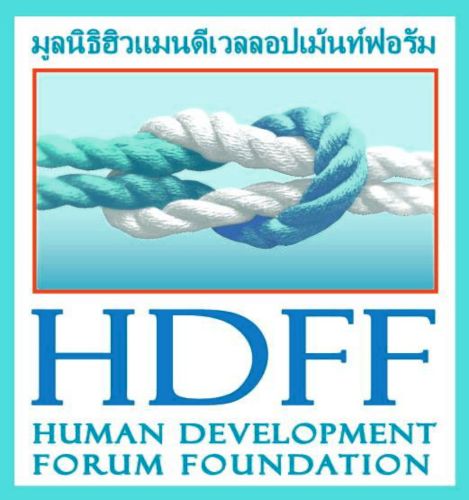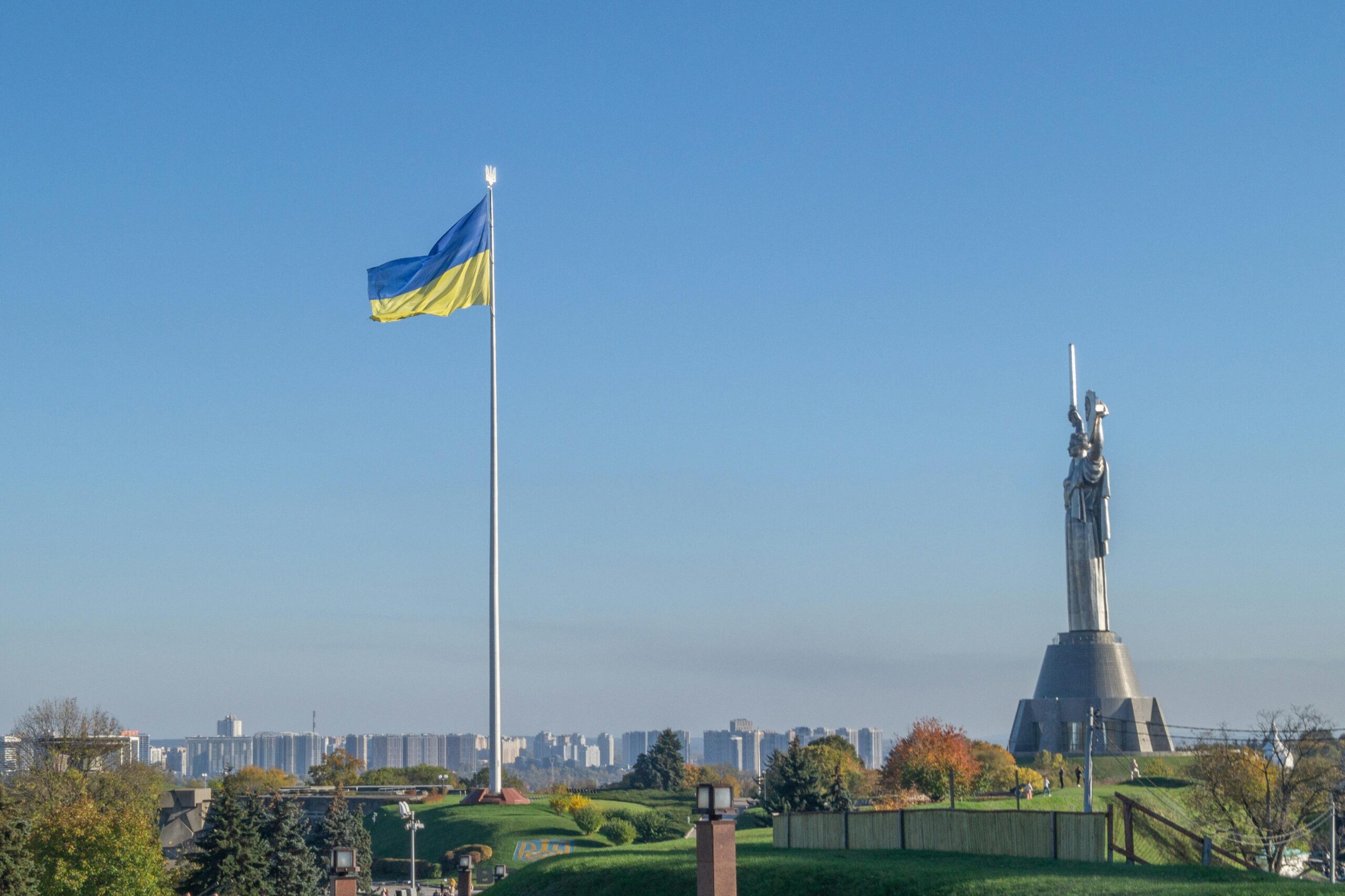After attending The Jamestown Foundation’s webinar on “How Ukraine wins” on October 15, 2024, the HDFF team would like to highlight some recent developments regarding the war in Ukraine from a distant Asian perspective.
By October 24, 2024, President Volodymyr Zelensky outlined his five steps Victory Plan for a Ukrainian victory in the current war as follows:
- His vision is very clear: They need an immediate NATO invitation to join—and ultimately, NATO and EU membership as well. President Zelesnky also called for “joint defense operations with [their] neighbors in Europe to shoot down Russian missiles and drones within the range of [their] partners’ air shield.”1
- The second part of his plan is to strengthen Ukraine’s defense, including a push for allies to ease restrictions around the use of long-range missiles to hit targets deep inside Russia, which has previously and repeatedly been denied.
- Without specifying the exact weapons, President Zelensky proposed to deploy a comprehensive non-nuclear strategic deterrence package.
- President Zelesnky also called for the joint protection of Ukraine’s natural resources and the joint use of their economic potential by the U.S. and the European Union (EU).
- The plan also includes calls for Ukraine’s operations in Russia’s Kursk region and the reiteration that Ukraine will not accept any concessions over Ukraine’s territory or sovereignty.
President Zelensky also stated his desires regarding post-war perspectives:
- The replacement of “certain military contingents of the U.S. armed forces stationed in Europe with Ukrainian units”1.
- Going militarily nuclear via the development of nuclear weapons.
The plan also includes three “secret annexes” that were only presented to some leaders. President Zelensky envisions how following these steps would allow Ukraine to end the war by next year. The main goal for President Zelesnky here is to strengthen Ukraine and “force Russia to come to the negotiating table with all partners”1.
Two visions oppose themselves regarding this Victory Plan and the end of the war in Ukraine:
- On the one hand, the vision that sees in President Zelensky’s Victory Plan an answer to the end of the war.
This overall opinion agrees with the fact that victory cannot be obtained without the West’s support, and specifically without a NATO membership. In order for victory to happen, Ukraine needs, according to General Breedlove (former Commander of U.S. European Command), a “clear, declaratory, and public”2 announcement of U.S. and European support which would entail the recovery of Ukrainian territorial integrity. Based on this first step, General Breedlove stated how the West needs to change its type and level of support. He affirmed that the U.S. is currently not giving Ukraine the proper tools and support they need to win this war but rather what they need to not lose. With a NATO membership, the U.S. would be able to provide more dense abilities to Ukraine and allow them to use European nuclear kits to be on a superior or equal footing to Russia which uses its allies’.
For Ukraine, the tide turned and Russia is now “the hostage of the situation.”2. This is mainly caused by the Russian Government underestimating the Ukrainian response, and specifically the great resilience of civil society. Ukrainian Major General Havrylov outlined three areas of focus: obtaining modern warfare; getting all the necessary instruments of precision; and protection for Ukrainian troops and infrastructures. For some, this could be seen as a more concrete and realistic Victory Plan.
Some Western countries have also expressed their support to President Zelensky. Although no immediate invitation has been issued, NATO Secretary-General Mark Rutte has reassured President Zelensky many times that Ukraine would eventually join the Western military alliance. The French Foreign Minister Jean-Noël Barrot stated that he will work with Ukraine to rally other nations behind President Zelesnsky’s plans. It is to be noted, however, that NATO was overall pretty clear and consistent in their statements on the war, they will support Ukraine but they will not take part in the conflict.
- On the other hand, the vision skeptical of President Zelensky’s Victory Plan’s realistic and operational concretization.
“I think Zelensky is one of the greatest salesman I’ve ever seen” commented former U.S. President and current presidential candidate Donald Trump. He has already made this comment a few times in the past, blaming Ukrainian President Volodymyr Zelensky for Russia’s invasion and the war it led to. Donald Trump’s vision is that President Zelensky should have cut a deal with Russian President Vladimir Putin to avoid the invasion altogether. He also put some of the responsibility on current US President Joe Biden, claiming that a smarter president would have easily settled the war. The deeper meaning of this comment is shared by some of Donald Trump’s international counterparts.
The European position is mixed. The French fully support President Zelensky’s Victory Plan. The British position seems to be skeptical, they don’t see in this plan a concrete proposition for any compromise to bring the end of the war closer. This plan is seen as a portrayal of the Ukrainian wish to force Russia to negotiate and not make concessions regarding any Ukrainian territory. German Chancellor Olaf Scholz stood by his refusal to supply long-range cruise missiles to Kyiv. The Hungarian Prime Minister, Viktor Orban qualified this plan as “more than frightening”, which was to be expected given his close ties with Russian President Vladimir Putin.
For now, for NATO to issue any immediate membership invitation to Ukraine is out of the question. Such a decision would immediately activate Article 5, which entails other member states will take concrete actions if one of them is attacked. For the time being, given the categorical refusal of member states to partake in the war, an invitation will not be issued. Despite the divergent visions within the EU and NATO on the official direction for this Victory Plan, it won’t be decided before the American presidential election in November 2024.
The Kremlin’s initial reaction to President Zelensky’s Victory Plan is that a true peace plan would require Kyiv to “sober up” and realize “the futility of the policy they are pursuing”3. To recontextualize, a Russian victory for the Kremlin entails “the fulfillment of all [their] previously set objectives”3. As such, Moscow requires Kyiv’s capitulation, the withdrawal of Ukraine from Russia-claimed areas, for Ukraine to abandon their intentions to join NATO, for Ukraine to guarantee rights to Russian speakers, to demilitarize, and to “denazify”3. According to former diplomat Bondarev, President Putin’s entourage is convinced that the West is “weak and weakening”2. The reasoning behind this statement finds its roots in the West’s unreliability, using German Chancellor Scholtz’s decision to stop sending weapons to Ukraine as an example, and Former Diplomat Bondarev stated that this reasoning was not such a far-fetched possibility in his opinion, which is shared by many of Russia’s allies2. The Victory Plan proposal could feed this narrative for Russia and its allies, the West being overwhelmingly unconvinced by the realization of this plan, including some hidden demands.
Conclusion
This Victory Plan was presented to US President Joe Biden in September, which led to a surge of additional assistance for Ukraine but their demand for permission to strike deeper into Russia was stopped. President Zelensky also discussed his plan with European leaders in the United Kingdom, Germany, Italy, France, and NATO, but none of them publicly supported the plan. Among the West, opinions are mixed but expected to rally once the U.S. president is elected. Within the Ukrainian Parliaments lay doubts, some of the Ukrainian MPs listening to President Zelensky’s presentation, felt as if “others need to do everything for [them]”3, the Ukrainian military however, seems to be in favor of the Victory Plan.
With NATO membership seemingly unattainable, the first stage of the plan will not be implemented. Thus, if implemented, the other four stages will most likely not have the effect desired by President Zelensky. The definitive outcome of this Victory Plan will predominantly depend on the US election results. A wide ranged consensus is that, with a Donald Trump victory, the war would see its end rather quickly, however not meeting the Ukrainian demands. In the case of Kamala Harris winning, however, it is more unclear. The discourse she has had towards Ukraine is centered around talks of “no surrendering”, she has repeatedly stated that Ukraine should not cede territory to Russia for the sake of peace, and she also doesn’t seem to be unwilling to support a NATO invitation to Ukraine. The Biden administration was reported to have concerns over the lack of comprehensive strategy in the plan, and how it seemed to be a repackaged request for more weapons and the lifting of restrictions on the use of long-range missiles. Kamala Harris is expected to more or less follow in her predecessor’s footsteps regarding foreign policy if she wins the November elections, the focus would then remain on Ukraine’s territorial integrity and no surrendering.
A generalizing conclusion is that this plan is overall not taken very seriously and is rather discrediting to President Zelensky’s current planning for Ukrainian victory.
Sources:
1. https://edition.cnn.com/2024/10/16/europe/zelensky-ukraine-victory-plan/index.html
2. The Jamestown Foundation webinar “How Ukraine wins”, October 15th, 2024.
6.https://www.nytimes.com/2024/10/17/us/politics/trump-zelensky-putin-ukraine-war.html


Comments are closed